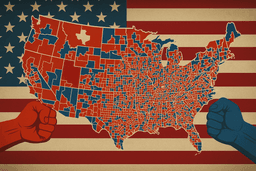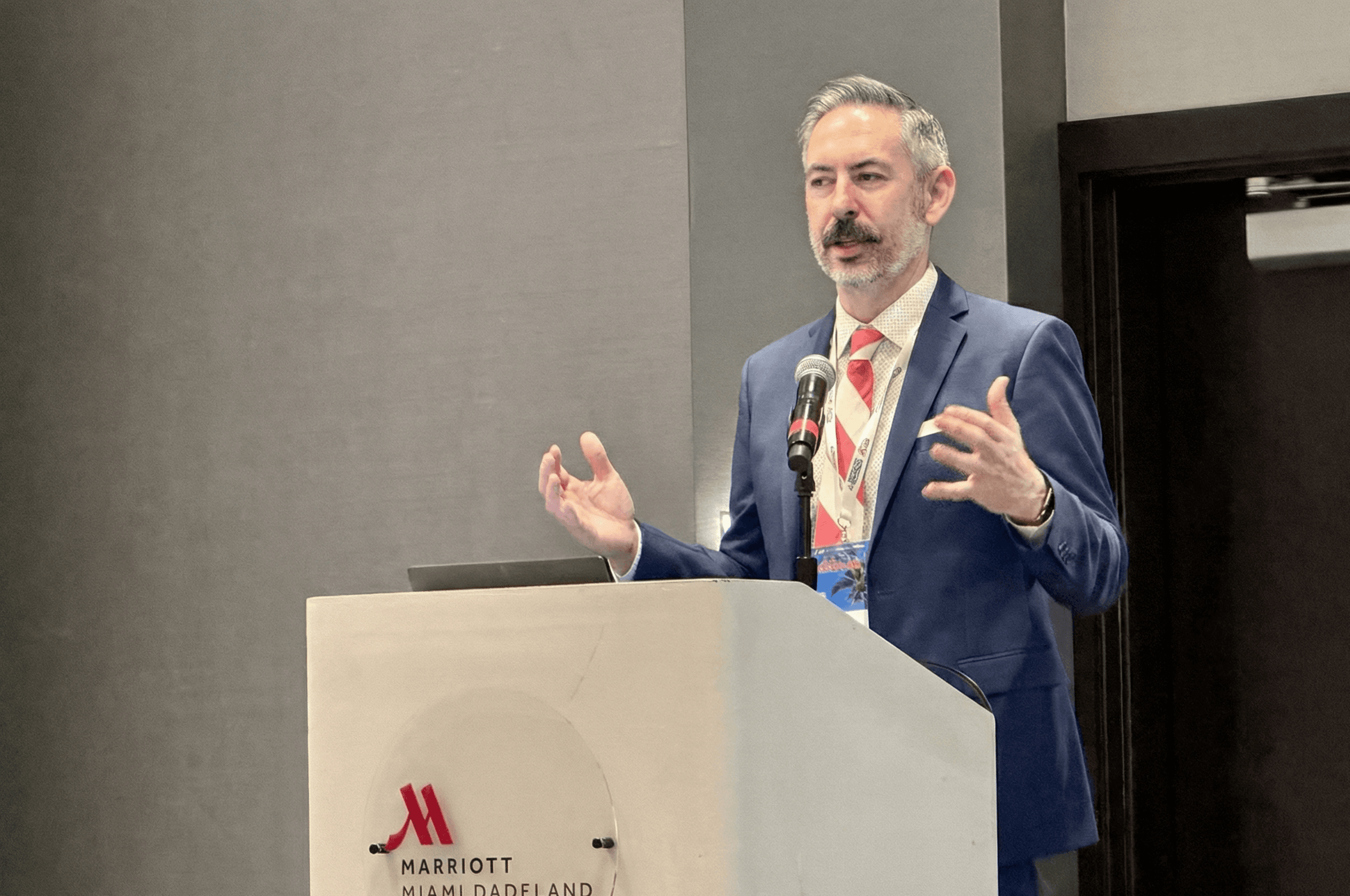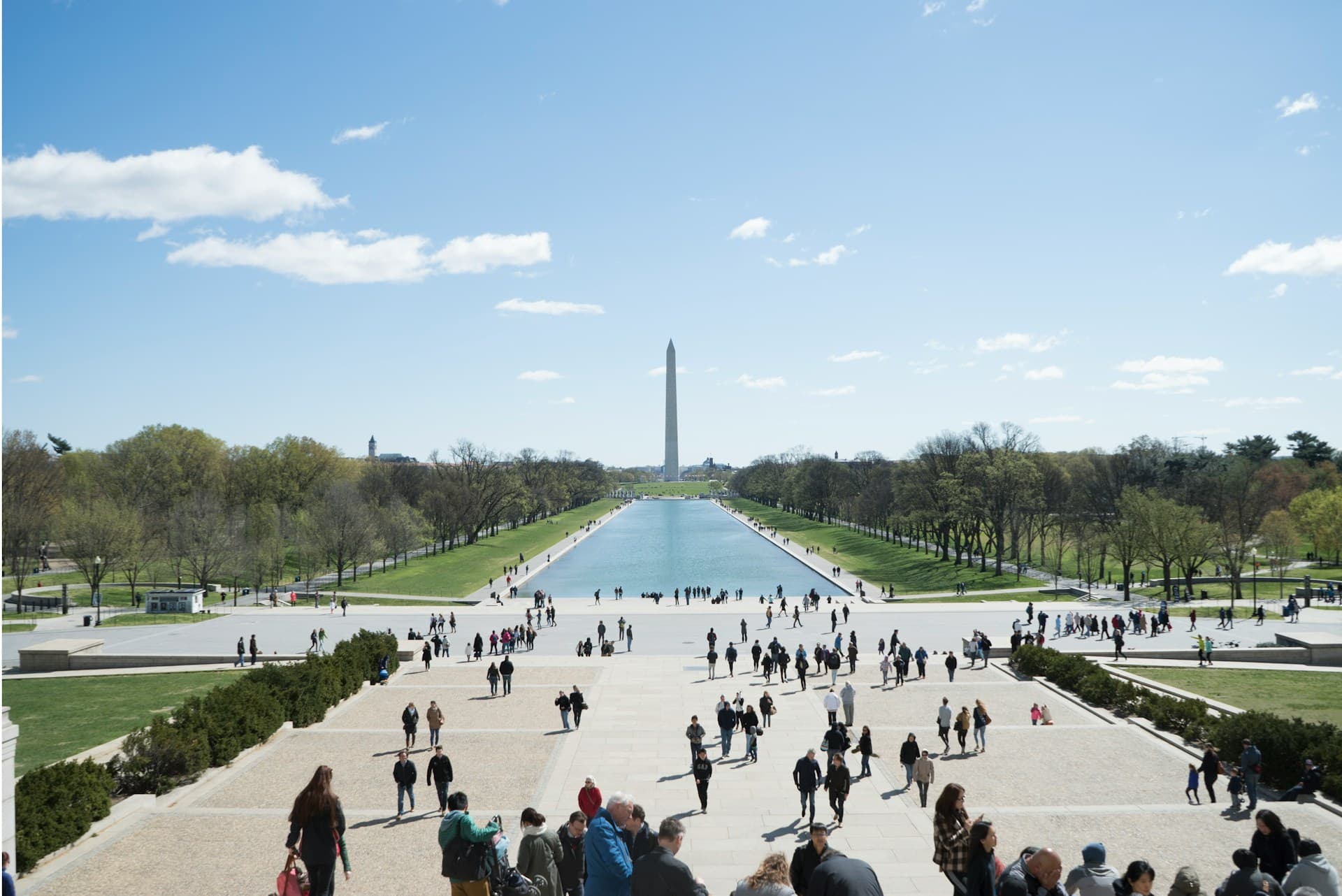California Prop 50: Partisan Power Play or Necessary Counterpunch?

November 4 marks a special election for what has become the most controversial ballot measure in California in recent memory: Proposition 50, which would circumvent congressional districts drawn by the state’s independent redistricting commission for a legislative-drawn map.
If approved, the map could give the Democratic Party more than 90% of the state’s congressional seats; but, supporters say it is necessary to counter mid-decade redistricting in Texas.
Proposition 50 has attracted national attention, big money, big players – and has big stakes no matter how voters cast their ballot. To help voters navigate through the partisan noise, here is an independent voter guide to the measure.
Need to Know: Key Dates & Deadlines
- Election Day: Tuesday, Nov. 4, 2025 (polls open 7 a.m.–8 p.m.)
- Ballots mailed: begin Oct. 6; drop boxes open Oct. 7
- Registration deadline: Oct. 20 (same-day available after at vote centers)
- Early in-person voting (VCA counties): begins Oct. 25
- Mail ballot deadline: Postmark by Nov. 4 and received by Nov. 12
Get more official details on these dates on the secretary of state’s website.
What Is Proposition 50?
Proposition 50 asks California voters whether to suspend the state’s independent redistricting commission for a new congressional map drawn by the Democratic-majority in the California Legislature.
Under the language of the measure, the legislative-drawn map would be in place until the state’s independent redistricting commission convenes to draw a new map after the 2030 census. Thus, supporters have emphasized that this is a temporary change.
What this means is California’s congressional districts will change for the 2026 midterms, 2028 presidential election, and the 2030 midterms. The next independent redistricting map won’t be used until the 2032 presidential election.
It is temporary, but temporary does not mean minor. If approved, the legislative-drawn map, which is designed to take 5 seats away from the GOP, will determine representation in the state’s congressional delegation for the next half-decade.
This will impact candidate pathways and congressional seniority well beyond the next census.
In short:
- Yes Vote: Legislature’s map governs House elections until 2031, when the independent redistricting commission will redraw the map.
- No Vote: The current commission-drawn map remains through 2031, when the commission will redraw the map.
From the Legislative Analyst’s Office: “The measure would result in one-time county costs—up to a few million statewide—to update election materials.”
Be Advised: The Ballot Language Can Be Confusing
The measure title and summary read a followed:
AUTHORIZES TEMPORARY CHANGES TO CONGRESSIONAL DISTRICT MAPS IN RESPONSE TO TEXAS' PARTISAN REDISTRICTING. LEGISLATIVE CONSTITUTIONAL AMENDMENT.
- In response to Texas' mid-decade partisan congressional redistricting, this measure temporarily requires new congressional district maps, as passed by the Legislature in August 2025, to be used in California's congressional elections through 2030.
- Retains California's independent Citizens Redistricting Commission and directs the Commission to resume enacting congressional district maps in 2031 after the 2030 census and every ten years thereafter.
- Establishes state policy supporting use of fair, independent, and nonpartisan redistricting commissions nationwide.
To clarify, the measure suspends maps drawn by California’s independent redistricting commission in favor of a legislative gerrymander. The secretary of state’s voter guide defines what a "Yes" vote means:
A YES vote on this measure means: The state would use new, legislatively drawn congressional district maps starting in 2026. California’s new maps would be used until the California Citizens Redistricting Commission draws new maps following the 2030 U.S. Census.”
Voters may find it confusing that the measure says it retains the independent redistricting commission and supports fair maps when a "Yes" vote tosses independent maps in favor of a partisan-motivated gerrymander – even if temporary.
And while the measure says it will establish support for independent redistricting nationwide, this part is vague and undefined. Thus, the only thing Proposition 50 for sure does is redraw the state's congressional map.
How Did We Get Here?
Over the summer, President Donald Trump encouraged Texas Republicans to redraw their congressional map in order to protect the GOP’s razor-thin majority in Congress. In response, California Gov. Gavin Newsom said his state will “fight fire with fire.”
The plan in Texas was for the legislature to redraw the state's districts to give Republicans 5 additional seats that lean their way. In response, Newsom proposed that California redraw its own map to nullify these gains by taking 5 seats away from the GOP.
However, the California Constitution prohibits legislative and partisan redistricting. In order to adopt Newsom’s legislative package, which lawmakers called the “Election Rigging Response Act,” the new map needs approval from voters as a constitutional amendment.
The legislature approved a special election to be held on November 4, 2025.
Newsom pitched his plan solely as a “trigger response” to the Texas gerrymander. This means Prop 50 would only happen if Texas redrew its congressional map. However, the California Legislature approved its new map before Texas and removed the trigger language.

The writing was on the wall. A new Texas map was headed to Gov. Greg Abbott’s desk. However, by removing the trigger language, Prop 50 can go into effect even if the Texas gerrymander is tossed in court.
California Republicans have filed lawsuits in an attempt to block the measure from moving forward, including an injunction sought by gubernatorial candidate Steve Hilton. None of these efforts have been successful to date.
Which Congressional Districts Are Being Redrawn?
California has 52 seats in Congress. Under the current map, Democrats hold 43 seats and Republicans hold 9. Under Proposition 50, 5 GOP-held congressional districts will be redrawn to be more Democratic.
Some of these districts will see a substantial shift, like CA-1, which will go from R+25% based on 2024 election results to D+12%, according to data compiled by Ballotpedia.
The 5 Republican lawmakers at risk of losing their seats are Doug LaMalfa in District 1, Kevin Kiley in District 3, David Valadao in District 22, Ken Calvert in District 41, and Darrell Issa in District 48.
Valadao is the only Republican on this list whose district would be considered a true toss-up, though based on the 2024 election results, Issa's district could remain fairly competitive as well.
If Republicans lose all 5 districts, it will mean Democrats will fill 92% of the state’s congressional seats. However, these aren’t the only districts impacted by Prop 50.
By reshaping the congressional map, some Democratic districts will become bluer, some Republican districts will become redder, and even a couple of Democratic districts will become a little more Republican (though not enough to become competitive).
Prop 50: Supporters vs. Opponents
Supporters
Gov. Gavin Newsom (who proposed the plan), legislative and congressional Democrats including former House Speaker Nancy Pelosi, the Democratic Party, progressive groups like Our Revolution, the state’s largest labor unions including UDW/AFSCME Local 3930, megadonor George Soros, former President Barack Obama, and former Vice President Kamala Harris.
The Yes on 50 campaign also got U.S. Rep. Alexandria Ocasio-Cortez to cut an ad.
Opponents
Independent redistricting and election reform advocate Dr. Charles Munger Jr, former Gov. Arnold Schwarzenegger, the Republican Party, legislative and congressional Republicans including former House Speaker Kevin McCarthy, the Congressional Leadership Fund, California Business Roundtable, California Hispanic Chambers of Commerce, and Asm. Carl DeMaio’s Reform California.
What They Are Saying
Supporters’ case
-
“Californians have been uniquely targeted by the Trump Administration, and thanks to the hard work of the California legislature, they will have a choice to fight back — and bring much needed accountability to Trump’s efforts to undermine the democratic process.” -- Gov. Gavin Newsom (press materials framing Prop 50 as the Election Rigging Response Act).
-
“Donald Trump is redrawing election maps to force through a Congress that only answers to him, not the people. [...] With Prop 50, we can stop him.” -- AOC in a Newsom-backed ad.
-
“The Republicans in California voted to cut hundreds of millions in funding for Medi-Cal and home care. We deserve better representation in Congress! We can fight back by voting YES on Prop 50.” -- UDW/AFSCME Local 3930 announcement of a statewide operation.
Opponents’ case
-
“They are trying to fight for democracy by getting rid of the democratic principles of California … It is insane to let that happen” -- Arnold Schwarzenegger, urging a No vote and defending the commission.
-
“I oppose gerrymandering in any state, regardless of the party responsible for initiating it.” -- Dr. Charles Munger Jr.
-
Bipartisan reformers warn Prop 50 undermines an independent redistricting model many states try to emulate and escalates the national arms race. San Francisco Chronicle
Flood Gates Open to Big Money
Prop 50 is not just pulling in big names. It is also pulling in big money. To date, the total amount raised for and against the measure is around $128 million (latest figures on Ballotpedia), most of which has gone to the Yes on 50 campaign.

- Yes on 50: Out-raising opponents with tens of thousands of small donors plus megadonor support (including a $10M contribution from George Soros).
- No on 50: Smaller donor pool. Dr. Charles Munger Jr has provided the bulk of the funding (roughly $33 million), pitting his money against the Democratic Party and its allies.
As of this writing, Prop 50 is the 10th most expensive ballot measure in California history, and the amount spent on the race continues to grow.
Where Voters Stand
Recent public opinion polls show a potentially tight race:
- Emerson College (Sept. 19): 51% Yes / 34% No / 15% Undecided among registered voters. Emerson Polling
- UC Berkeley IGS / LA Times (Aug. 22): More support than opposition, but below 50% with many undecided. The independent redistricting commission remains popular. Los Angeles Times
- Harper Polling (Aug. 28): Testing ballot wording showed 54% Yes / 29% No / 17% undecided, but also found 60% support for keeping an independent commission, highlighting voter confusion.
Takeaway: There may be enough support to pass Prop 50, but poll results swing with how survey questions are phrased and awareness of the independent redistricting commission. Late opinion could move the needle one way or the other as voters see the map’s effects and hear “partisan arms race” vs. “counterpunch” narratives.
The Independent Lens
As independent California voters decide how they will cast their ballots, here are some important questions to consider in order to make the best independent-minded decision:
- Principle vs. parity: Should California stay committed to process integrity, or counter Texas to protect congressional balance?
- Precedent: Are voters comfortable creating a mid-decade exception, even with a 2031 sunset?
- Guardrails: Is a temporary suspension tolerable, or a slippery slope for future partisan redraws?
Ultimately, voters have to decide if they believe those in power who say this will be a one-time thing. They have to ask themselves, is the threat to democracy that Prop 50 supporters say exists severe enough to warrant this type of measure?
Or, what happens when state lawmakers argue they need to “fight fire with fire” again?
Should lawmakers be allowed to circumvent a voter-approved independent redistricting commission to pick their voters on a whim or when party advantage is at stake? Should district representation be decided by voters outside that district?
The precedent set by Prop 50, whether it is approved or rejected by voters, will have lasting implications not just for California, but for the rest of the U.S. The question is: Will Californians ditch their “gold standard” for independent redistricting (even if temporary) or uphold the very reason it exists in the first place? Specifically, to get politicians out of the business of picking their voters.
 Shawn Griffiths
Shawn Griffiths









